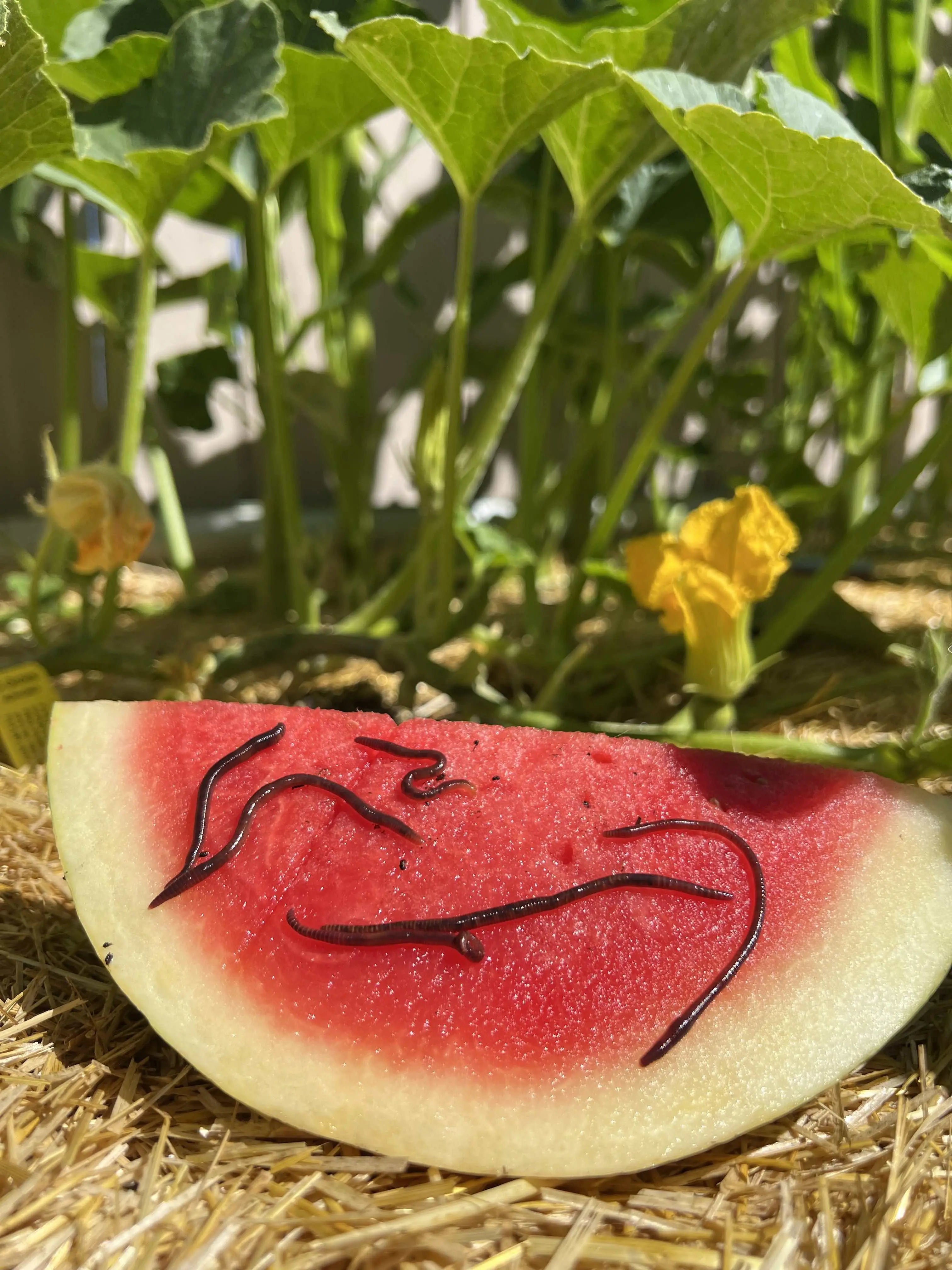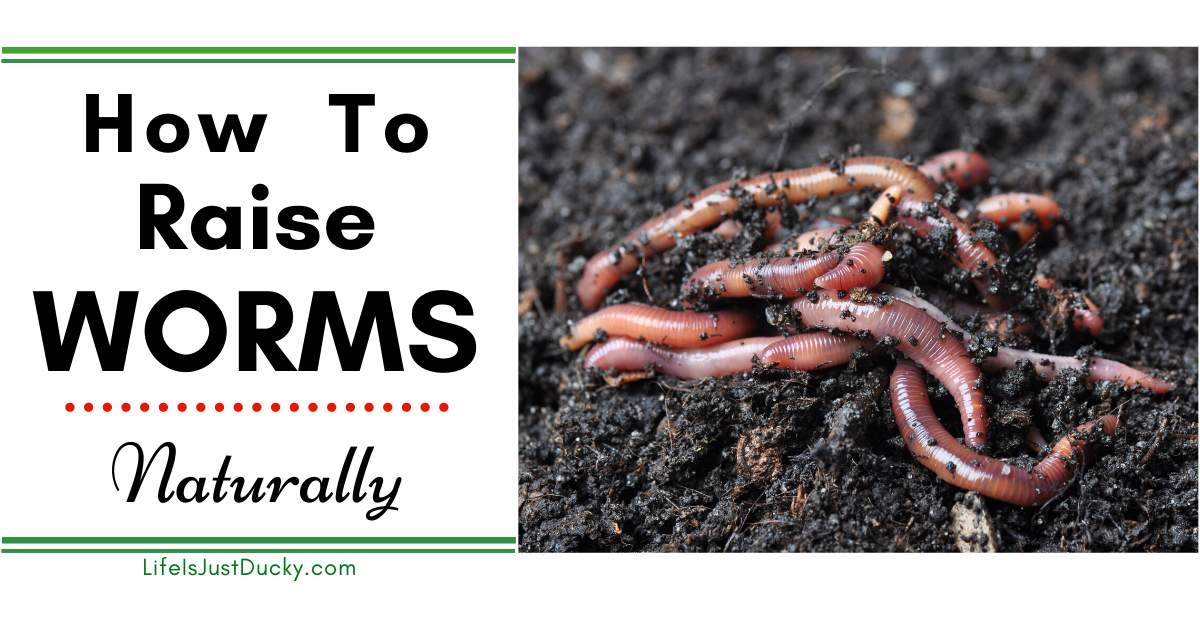Exploring the Mechanisms of Red Wiggler Composting: A Comprehensive Guide to the Process and Its Positive Effect on Lasting Horticulture Practices
The intricate mechanisms of red wiggler composting, using the unique physiology of Eisenia fetida, present an engaging opportunity for boosting lasting horticulture techniques. This procedure not just changes natural waste right into nutrient-dense vermicompost however likewise promotes a much healthier soil environment with enhanced oygenation and microbial task. As city horticulture gains grip, comprehending the nuances of this composting technique becomes increasingly relevant. The journey into its myriad advantages and ideal techniques is just beginning, motivating a more detailed assessment of how this strategy can improve our gardening strategies.
Understanding Red Wigglers
Red wigglers, clinically referred to as Eisenia fetida, are a varieties of earthworm extremely pertained to for their effectiveness in composting natural waste. These worms prosper in nutrient-rich environments, especially in decomposing raw material, making them optimal for vermicomposting systems - Red Wiggler Composting. Identified by their reddish-brown coloration and fractional bodies, red wigglers are smaller than typical earthworms, commonly measuring in between three to four inches in length
Their one-of-a-kind physiological qualities enhance their composting abilities; for circumstances, they have a high reproductive rate, enabling populaces to increase rapidly under suitable conditions. Red wigglers take in natural material, simplifying with their digestive system systems, which results in nutrient-rich castings that act as an exceptional natural plant food. Their voracious hunger enables them to refine big quantities of food waste successfully, significantly decreasing garbage dump payments.
In enhancement to their composting expertise, red wigglers play an essential role in soil health. Red Wiggler Composting. They aerate the soil and help with the decay of raw material, additional enhancing the dirt ecological community. Understanding the qualities and environmental benefits of red wigglers is vital for any individual seeking to carry out lasting gardening practices through effective composting methods
The Composting Refine
The composting procedure includes breaking down natural products into nutrient-rich compost, a task that red wigglers succeed at as a result of their specialized digestion systems. These worms take in food scraps, yard waste, and various other raw material, changing them into important compost via a series of biological and chemical procedures.
Initially, the natural issue is combined with bed linens products such as shredded paper or dried fallen leaves, producing an optimal setting for the worms. As the red wigglers ingest this mixture, they simplify with their gut, where microbes additionally decompose the product. This procedure generates warmth, promoting microbial task, which speeds up disintegration.

Advantages of Red Wiggler Composting
Several garden enthusiasts and eco-conscious people acknowledge the many benefits of red wiggler composting, making it a prominent choice for effective waste management. One of the main benefits is its capacity to dramatically lower natural waste in garbage dumps - Red Wiggler Composting. Red wigglers effectively break down cooking area scraps and various other naturally degradable materials, transforming them right into nutrient-rich vermicompost that improves soil health
Moreover, red wiggler composting boosts soil structure and fertility. The resulting vermicompost is brimming with advantageous microorganisms, which advertise plant growth and improve nutrient retention. This all-natural fertilizer not just supports sustainable horticulture practices yet likewise reduces dependence on chemical fertilizers, cultivating a much healthier ecosystem.
In addition, red wiggler composting is a space-efficient technique, making it perfect for city gardeners with minimal space. The procedure can be conducted inside or outdoors, enabling year-round composting despite climate problems. Red wigglers are low-maintenance organisms that need minimal care, making them obtainable for beginner garden enthusiasts.
In significance, the benefits of red wiggler composting prolong past waste reduction; they contribute to much healthier dirts, lasting horticulture techniques, and environmental stewardship, positioning it as a useful technique in contemporary horticulture.
Best Practices for Composting
For effective red wiggler composting, adhering to ideal methods is vital to take full advantage of efficiency and make certain an efficient environment for these worms. This equilibrium promotes ideal decomposition and boosts the worms' health and wellness.
Following, screen dampness levels, going for a damp, sponge-like uniformity. Extremely wet conditions can bring about anaerobic decay, while too much dryness might hinder worm task. In addition, guarantee correct aeration by transforming the garden compost frequently, which aids avoid compaction and enables sufficient oxygen circulation.
Temperature level is more information another important factor. Preserve an array of 55 ° F to 77 ° F(13 ° C to 25 ° C) to advertise worm activity and microbial growth. Ultimately, stay clear of introducing meat, milk, and oily foods, as these can attract pests and create odors.
Enhancing Lasting Gardening
Sustainable gardening symbolizes an alternative strategy that harmonizes ecological principles with useful gardening methods. By integrating methods such as red wiggler composting, gardeners can considerably improve their methods, promoting a much more durable environment. Red wigglers, renowned for their reliable disintegration capacities, transform natural waste into nutrient-rich compost, thus enriching the soil without depending on chemical fertilizers.
Implementing sustainable horticulture strategies, such as plant rotation, companion planting, and mulching, more enhances the benefits of composting. These practices not only improve soil framework and fertility however likewise advertise biodiversity, drawing in helpful pests and organisms that add to grow wellness. Utilizing indigenous plants can decrease water intake and reduce maintenance, aligning with water conservation initiatives.

Verdict
In conclusion, red wiggler composting represents a vital approach for improving sustainable horticulture practices. Inevitably, the fostering of red wiggler composting can considerably add to environment-friendly gardening, profiting both metropolitan and novice garden enthusiasts in their farming initiatives.
The detailed systems of red wiggler composting, utilizing the one-of-a-kind physiology of Eisenia fetida, provide an engaging opportunity for boosting sustainable horticulture practices. Recognizing the characteristics and eco-friendly benefits of red wigglers is necessary for anybody looking to apply sustainable horticulture techniques through reliable composting methods.

In verdict, red wiggler composting stands for a crucial technique for enhancing sustainable horticulture methods. Eventually, the adoption of red wiggler composting can significantly add to environment-friendly gardening, benefitting both city and newbie gardeners in their farming initiatives.